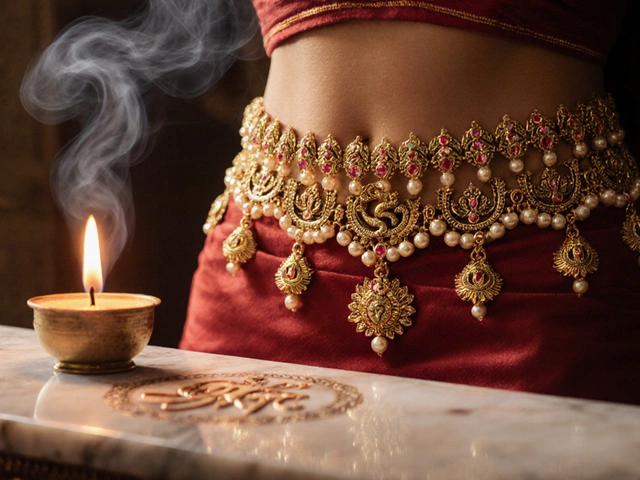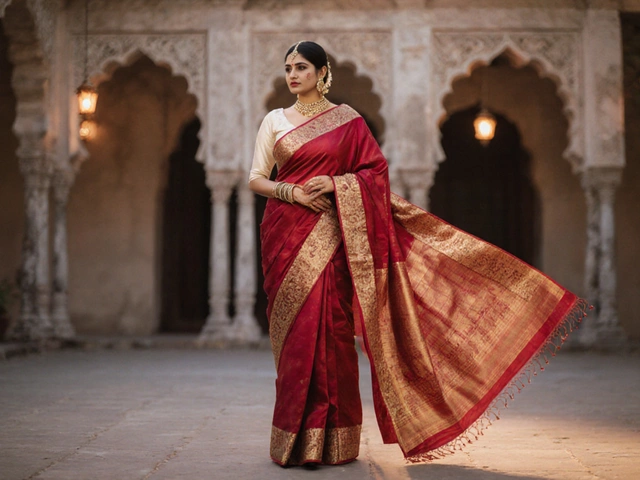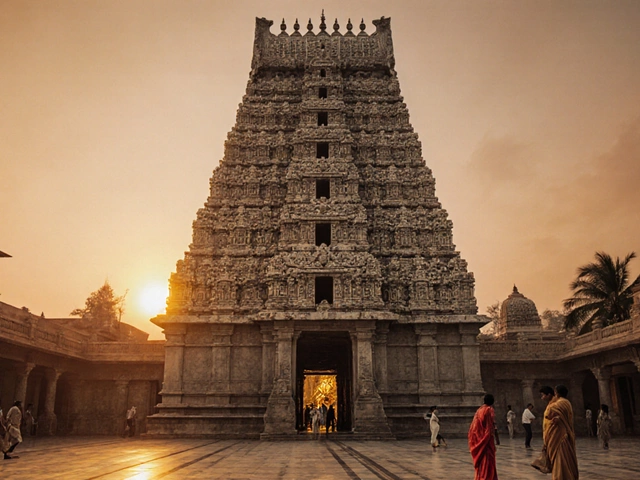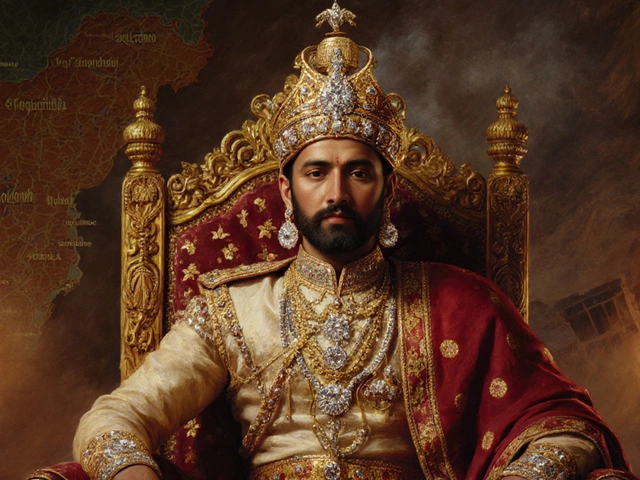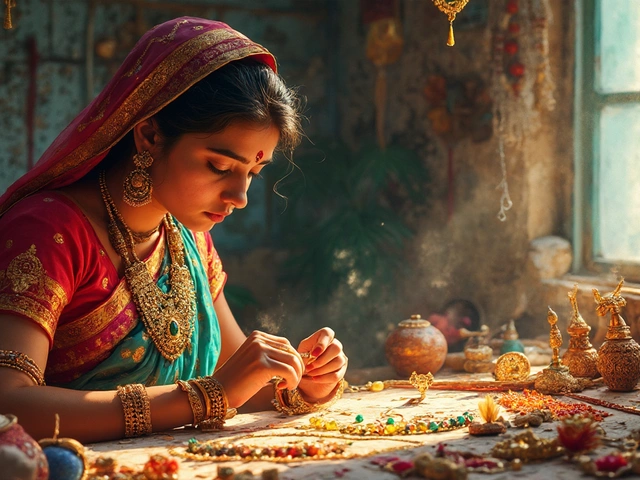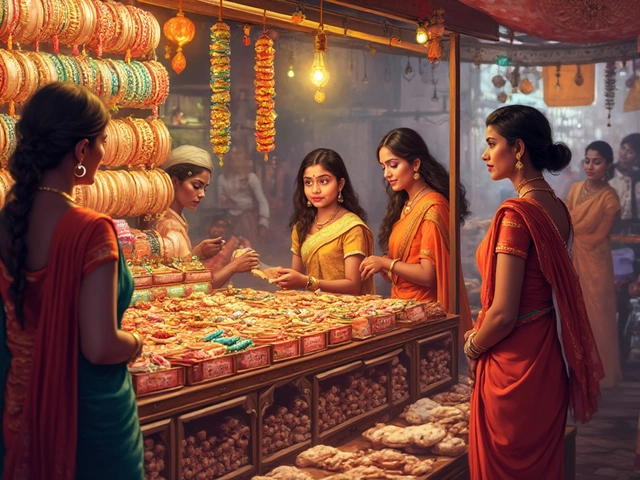Indian Tradition
When exploring Indian tradition, the body of cultural practices, rituals and styles that have evolved across the sub‑continent for centuries. Also known as Bharatiya tradition, it weaves together regional customs, religious symbolism and everyday fashion. Indian wedding customs, a rich set of rites that mark a couple’s transition and bind families together sit at the heart of this tapestry, while iconic pieces like traditional bangles, colorful wrist ornaments that signal marital status, celebration and regional identity act as visual shorthand for the underlying beliefs. The link between ritual and adornment means that understanding one helps you decode the other – for example, the way a waist chain (kamarband), a gold or silver band worn around the waist for protection and prosperity is tied to fertility myths and temple jewellery traditions. In short, Indian tradition isn’t just a static list of rules; it’s a living network where clothing, jewellery and ceremony constantly influence each other.
Key Threads in the Cultural Fabric
One of the most visible threads is the way everyday clothing reflects regional climate and ritual purpose. From the flowing sarees of the south to the vibrant lehengas of the north, each style carries a story about community, climate and occasion. The colour palette matters too – certain hues clash with gold jewellery, while others enhance its glow, a fact that guides both bridal designers and street‑style shoppers. Meanwhile, jewellery isn’t limited to sparkle; pieces like chakra jewellery connect spiritual energy centres to daily wear, showing how belief systems seep into fashion choices. Another crucial thread is the timing of rituals, such as when a bride removes her choora after 40 days, or the specific moment a mangalsutra is presented. These moments dictate not only the sequence of events but also the choice of accompanying accessories, reinforcing the idea that Indian tradition requires a blend of cultural knowledge and practical planning.
Below you’ll find a curated selection of articles that dive deeper into each of these aspects. Whether you’re planning a trip, looking for authentic wedding gifts, or simply curious about the symbolism behind a red bangle, the posts cover practical tips, historical background and modern twists that keep Indian tradition vibrant today. Explore the range, pick up actionable insights, and see how centuries‑old customs continue to shape contemporary style.
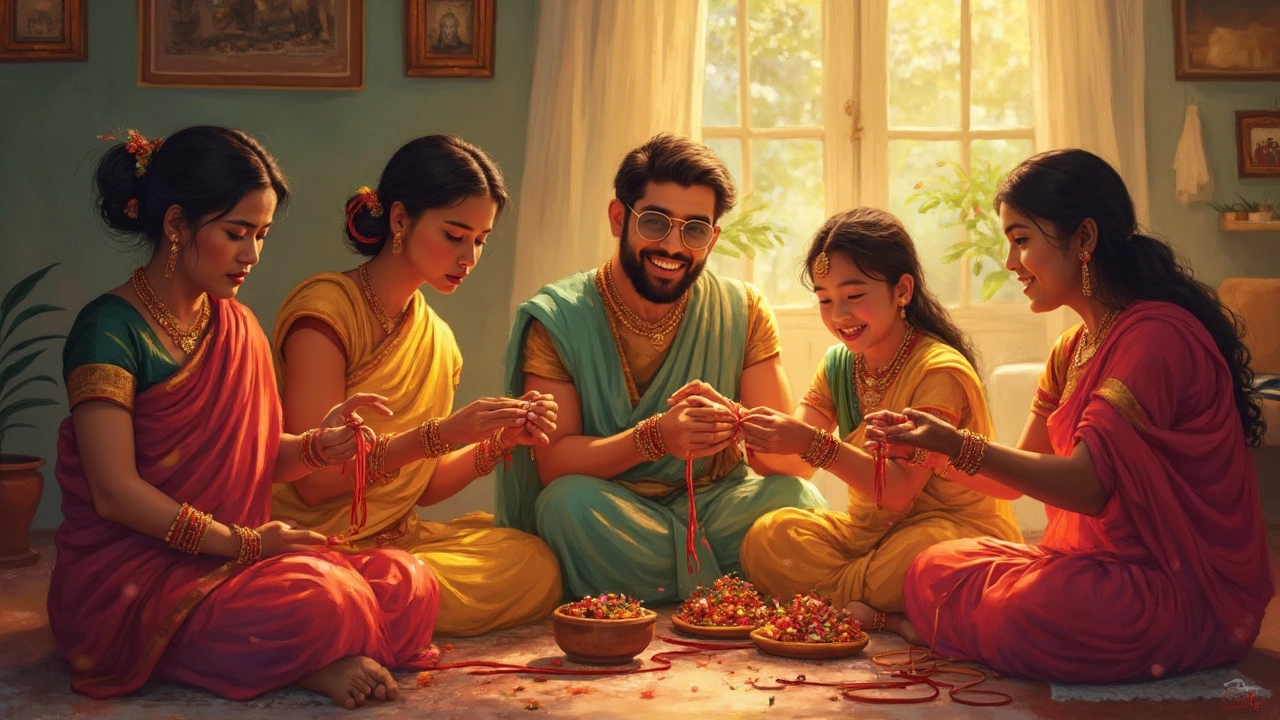
Why Do Indians Wear a Red String on Their Wrist?
The red string bracelet worn by many Indians is more than just an accessory; it's a deeply rooted tradition with spiritual and cultural significance. This article explores its origins, meanings, and the various contexts in which it is worn. It dives into the cultural and religious reasons behind this practice and provides insights into what it symbolizes for those who wear it. We’ll also uncover how this simple piece of string influences daily life and personal beliefs.
read more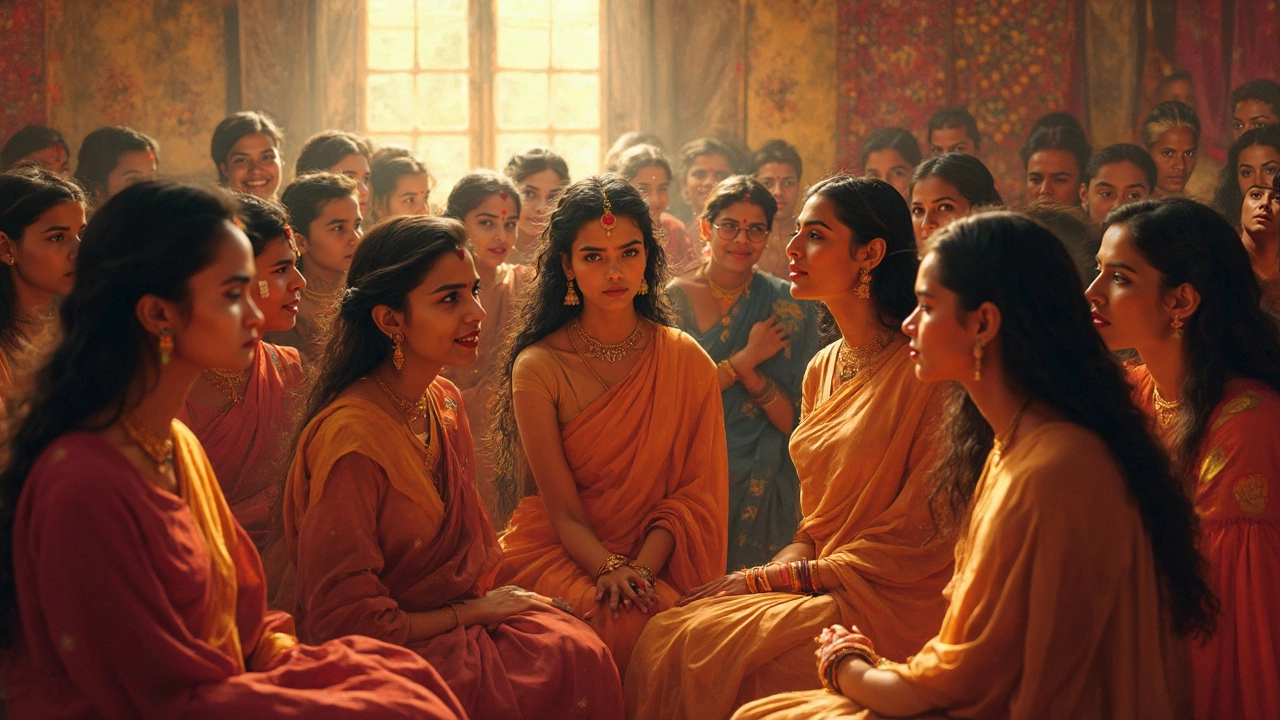
Why Indian Girls Wear Red Dots: More Than Meets the Eye
The red dot, often seen on the foreheads of Indian girls and women, is not just a decorative piece but holds cultural and traditional significance. Known as a bindi, it symbolizes various aspects of life, including spirituality, marital status, and beauty. This article explores the rich history, symbolism, and social aspects of the bindi, offering insights into why it's more than just a fashion statement. Discover how this small yet powerful dot plays a vital role in Indian culture and beyond.
read more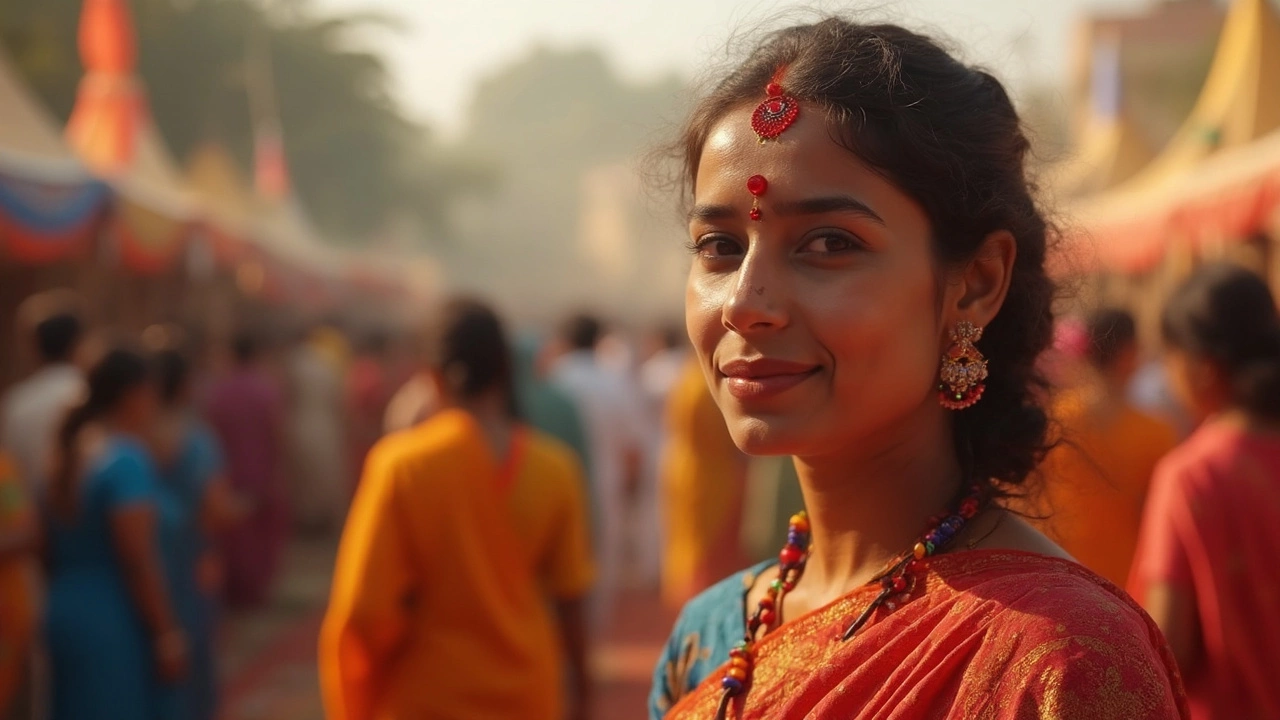
Unveiling the Red Dot: A Look into Indian Tradition and Culture
The iconic red dot worn by many Indian women, known as a bindi, carries deep cultural and spiritual significance. Often seen on the forehead, this small decorative mark represents more than just fashion. It's a symbol of tradition, religion, and personal status that has evolved over time. While commonly associated with Hindu beliefs, its meaning and use vary across different Indian communities.
read more